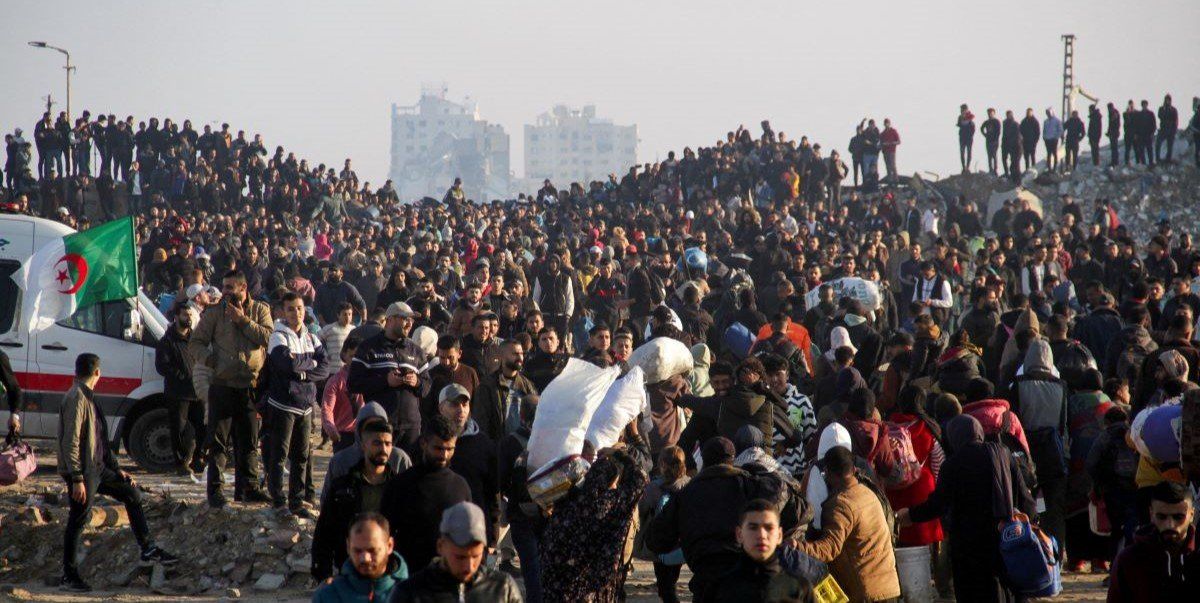Coupled with a lack of running water and electricity, the destruction means that Gazans will depend on outside assistance for the foreseeable future – but it is not guaranteed. Last week, the UNcalled for $4.1 billion in aid for Palestinian territories this year, with 90% allocated for Gaza, but only 3.6% of the target has been funded so far.
UNRWA out? Israel is also set to close the East Jerusalem office of the United Nations Relief and Works Agency for Palestine Refugees, or UNRWA, on Thursday, due to the alleged collaboration of some of its employees in Hamas’ brutal invasion of Israel on Oct. 7, 2023. This, together with a ban on UNRWA dealing with Israelis, will make it impossible for it to operate in Gaza. According to Sam Rose, its acting director of emergency operations, UNRWA currently distributes half of the food sent into the territory, even that donated by other organizations, and shutting it down will leave “a gaping hole.”
Hamas makes a reconstruction proposal. While US President Donald Trump’s suggestion to “clean out” Gaza and relocate its population to Egypt and Jordan to facilitate reconstruction has beenroundly rejected, Hamas has publishedits own proposal, which may receive a warmer welcome from regional powers that do not want to take in refugees.
“Gaza Phoenix” includes formalizing displacement camps, repairing hospitals, clearing rubble, restoring law and order, as well as long-term goals including a tourism-focused economy, a green belt, and even Dubai-style artificial islands. However, its “wartime resilience” section suggests constructing “an underground connecter” between all Gaza cities – likely a nonstarter for Israel, due to the use by Hamas of its previous tunnel network in its invasion and kidnapping of Israeli hostages, eight more of whom Israel has now learned are dead.
